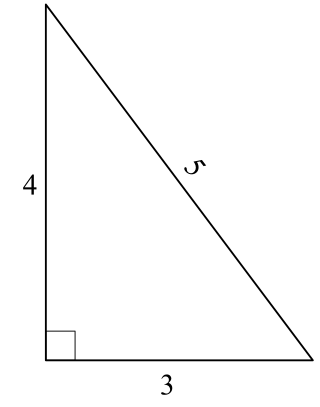In mathematics
Form
92 is a composite number of the general form p2q, where q is a higher prime (23). It is the tenth of this form and the eighth of the form 22q.
Properties
- 92 has an aliquot sum of 76, within an aliquot sequence of five numbers (92, 76, 64, 63, 41) before reaching 1. 44, the totient of 92, is also the composite index of 63, [1] where the reduced totient of 92 is 22. [2] 41 is the thirteenth prime number and sixth super-prime.
- Its arithmetic mean of its six divisors [3] is twenty-eight, [4] [5] where (6, 28) represent the first two perfect numbers. [6] It is the sixtieth arithmetic number, where 60 is the third perfect number. [4]
- For , there are 92 solutions in the n-Queens Problem.
- 92 is the eighth pentagonal number. [7]
- 92 is an Erdős–Woods number, since it is possible to find sequences of 92 consecutive integers such that each inner member shares a factor with either the first or the last member. [8]
There are 92 "atomic elements" in John Conway's look-and-say sequence, corresponding to the 92 non-transuranic elements in the chemist's periodic table.
Solids
The most faces or vertices an Archimedean or Catalan solid can have is 92: the snub dodecahedron has 92 faces while its dual polyhedron, the pentagonal hexecontahedron, has 92 vertices. On the other hand, as a simple polyhedron, the final stellation of the icosahedron has 92 vertices.
There are 92 Johnson solids .
Abstract algebra
92 is the total number of objects that are permuted by the series of five finite, simple Mathieu groups (collectively), as defined by permutations based on elements . Half of 92 is 46 (the largest even number that is not the sum of two abundant numbers), which is the number of maximal subgroups of the friendly giant , the largest "sporadic" finite simple group.
In different bases
92 is palindromic in other bases, where it is represented as 232 6 , 1617, 4422, and 2245.
There are 92 numbers such that does not contain all digits in base ten (the largest such number is 168, where 68 is the smallest number with such a representation containing all digits, followed by 70 and 79). [9]






